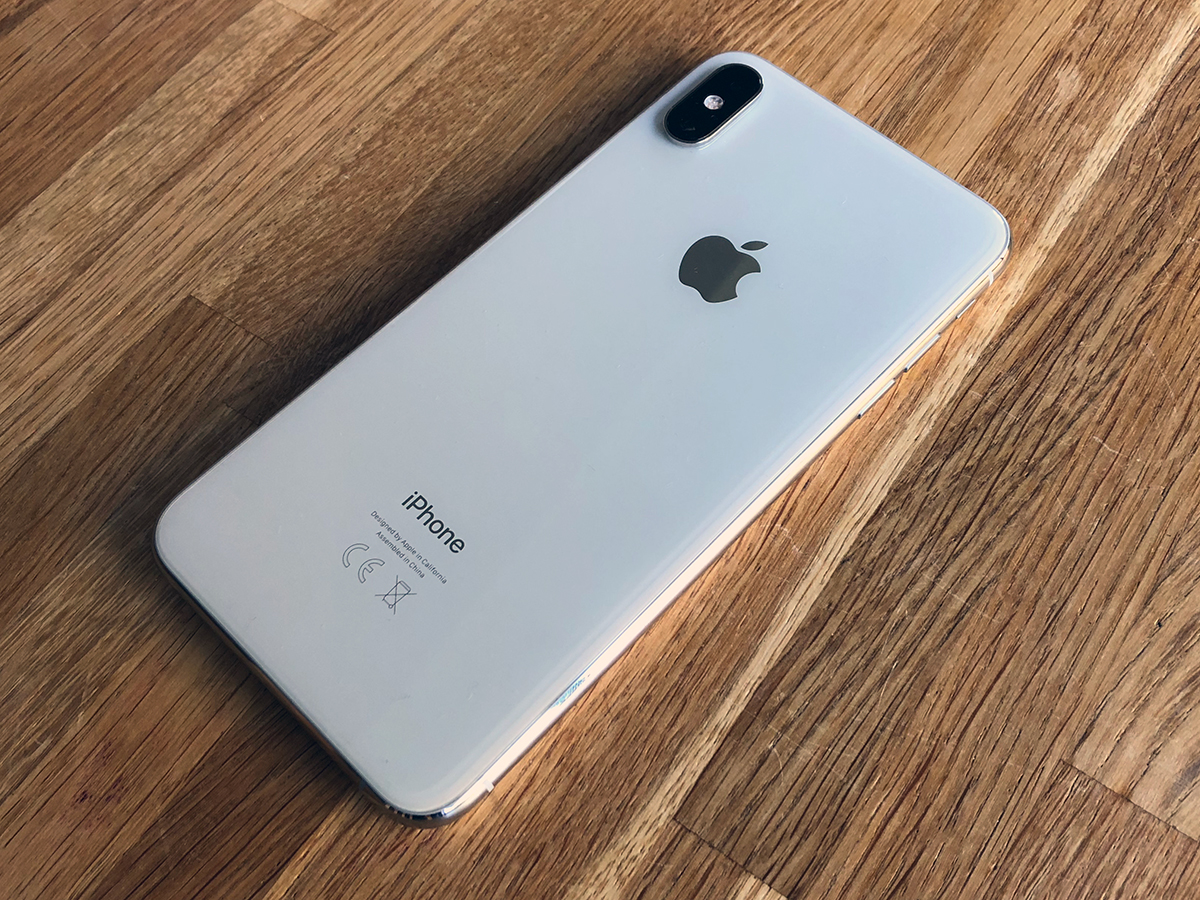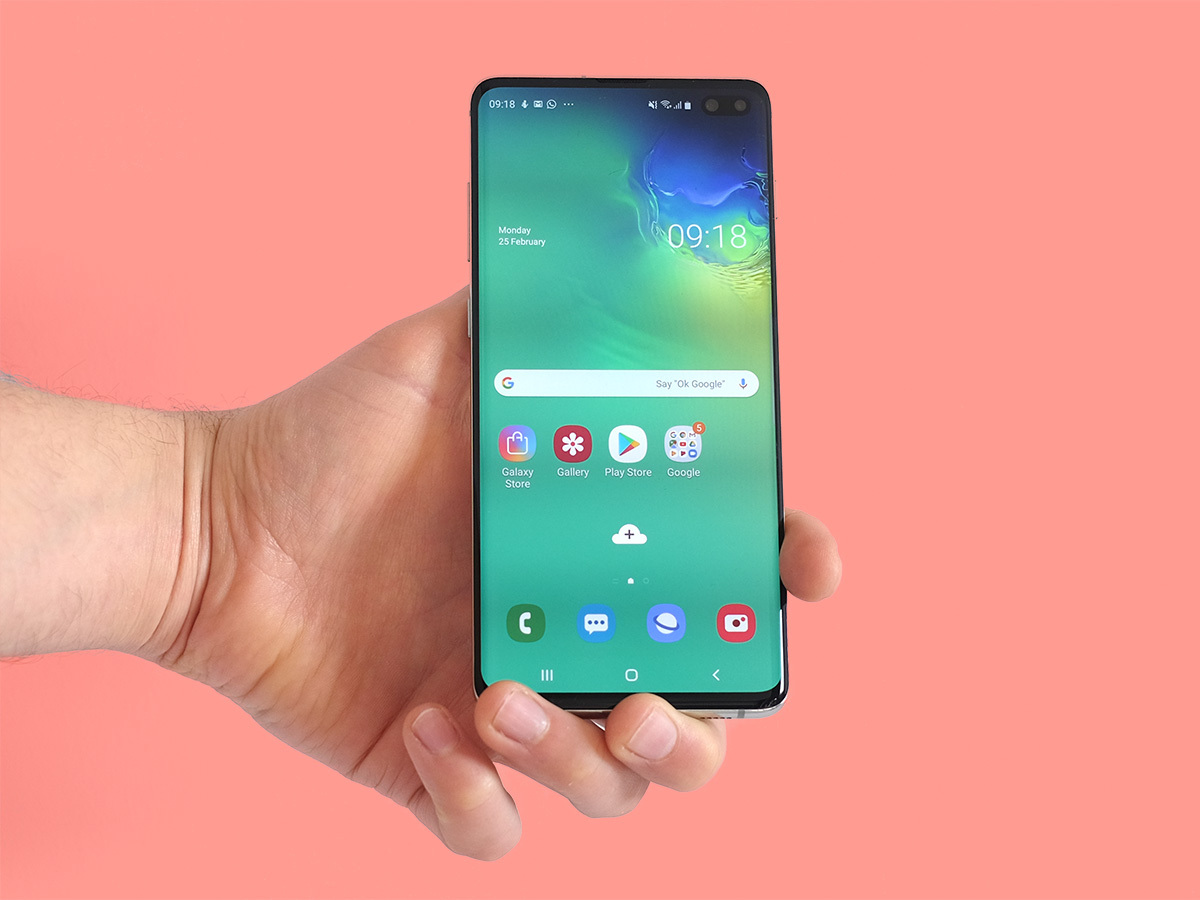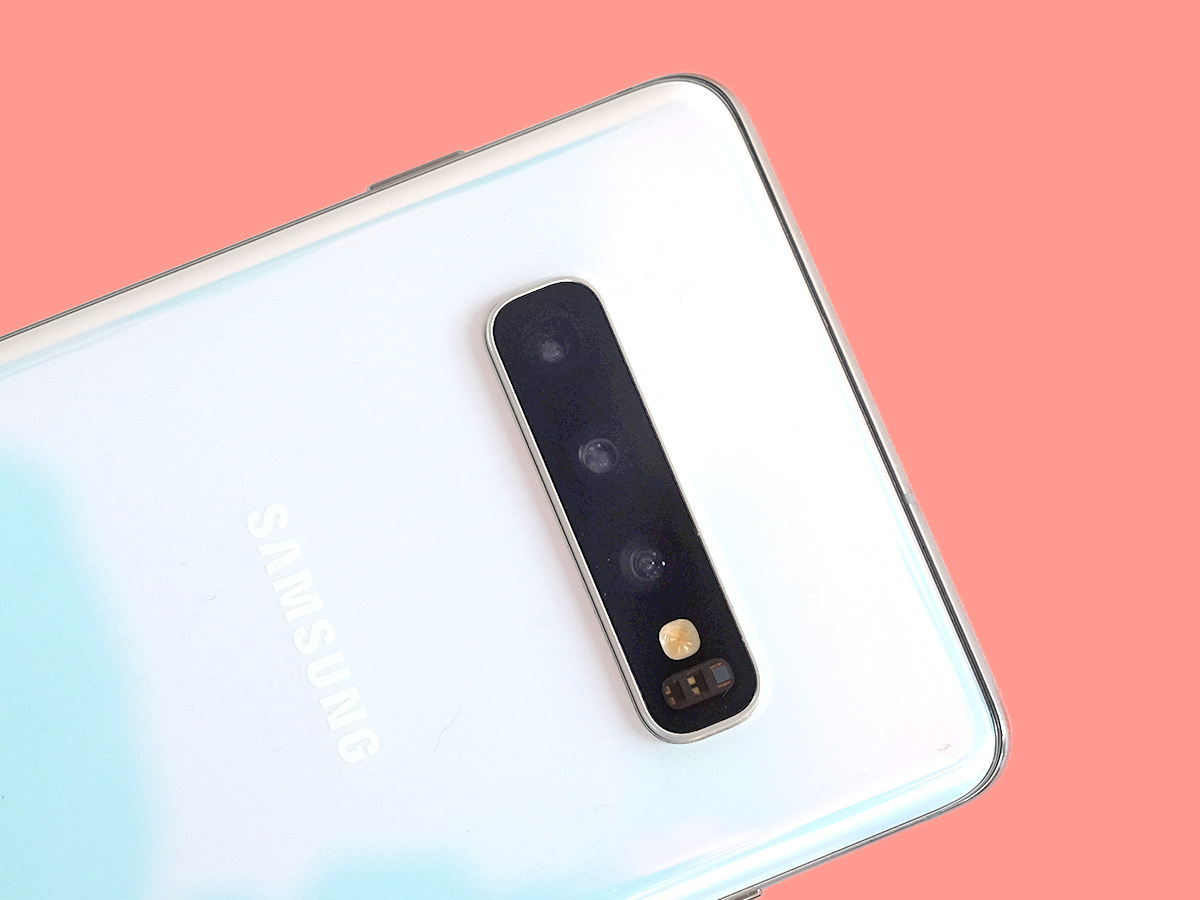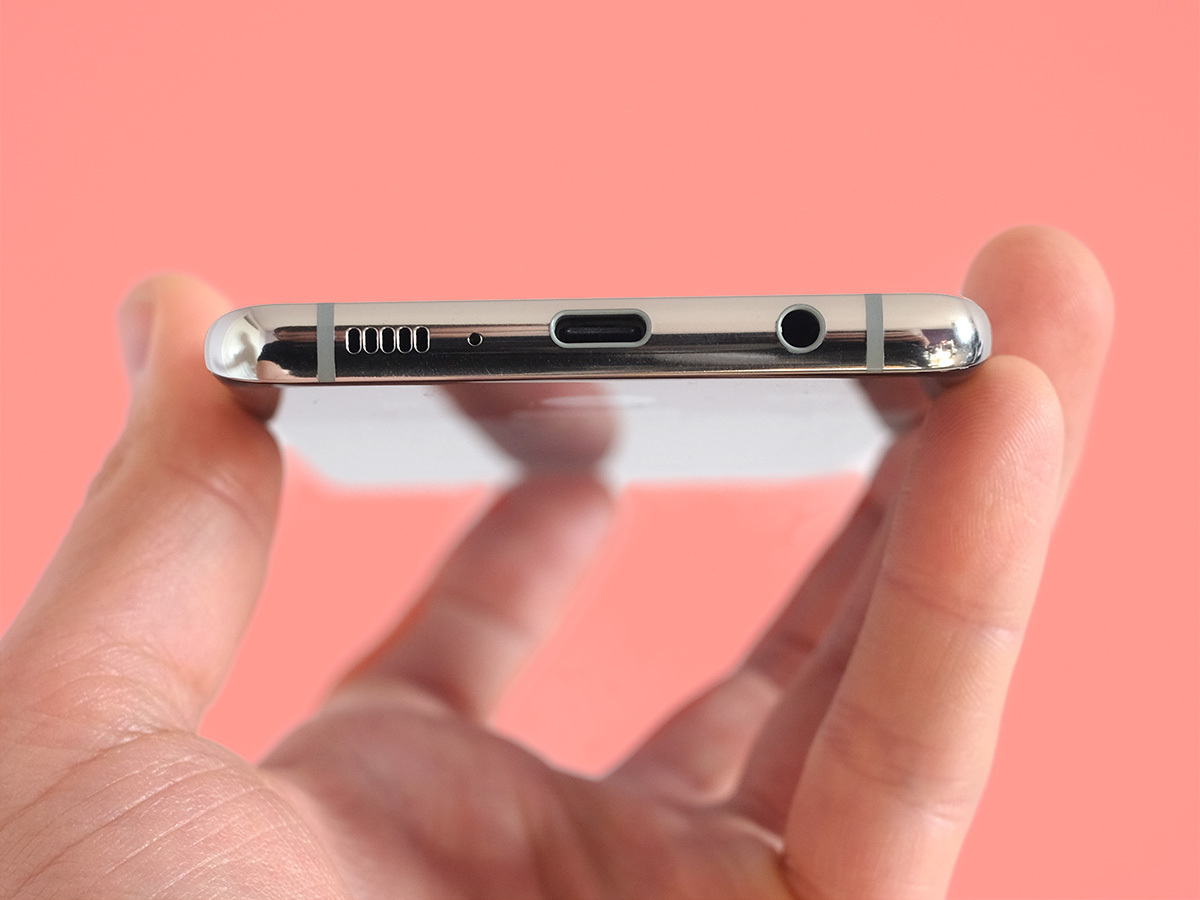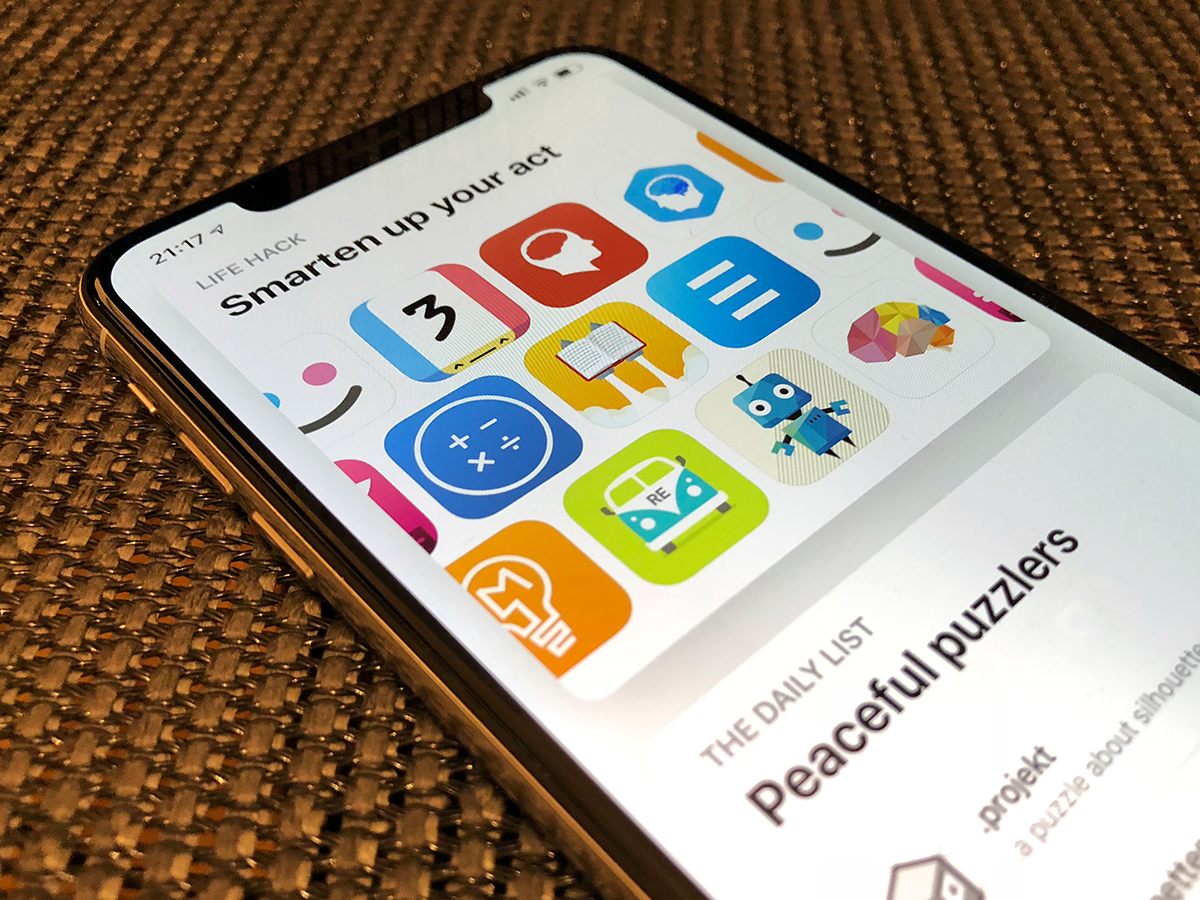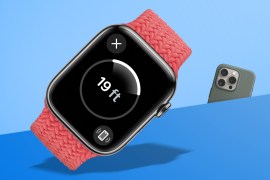Samsung Galaxy S10+ vs Apple iPhone XS Max: Which is best?
Can Samsung's latest large phone topple Apple's mega-mobile?
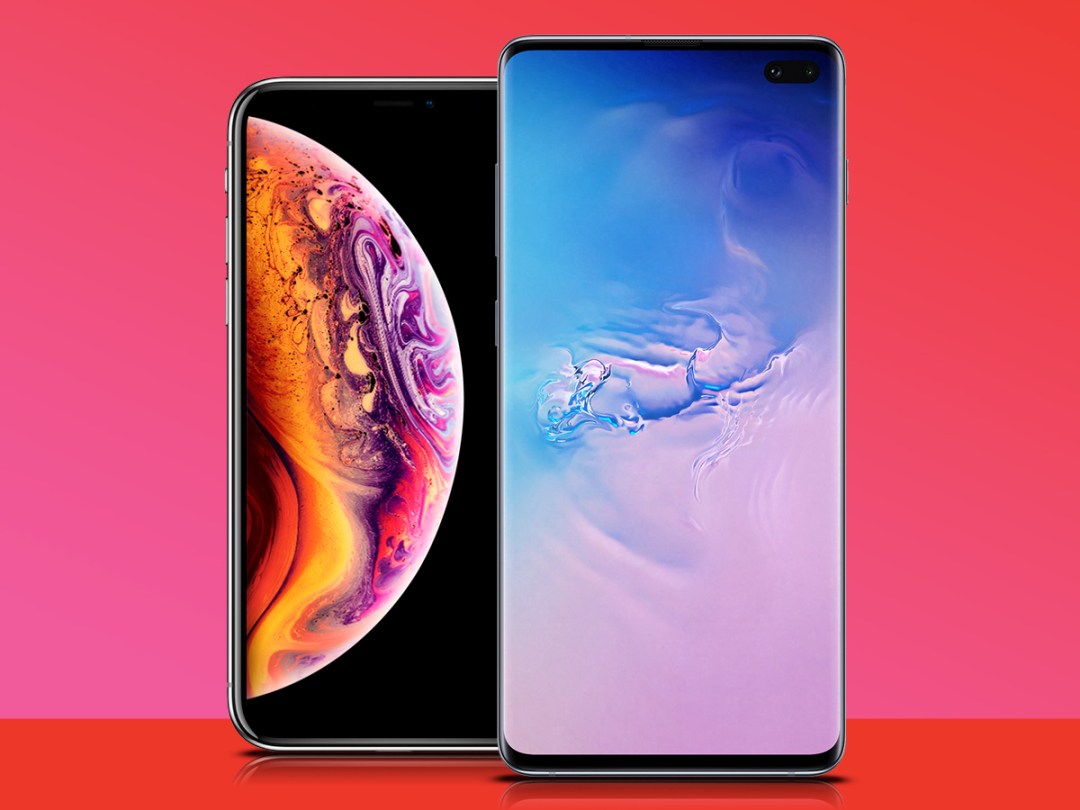
The battle for the very best extra-large phone never seems to cease, and there’s a brand new contender in the mix: the Samsung Galaxy S10+.
With a 6.4in Quad HD screen, a punch-hole cutout for the front-facing cameras, and plenty of Samsung’s trademark flagship gloss, it’s one of the hottest phones of the spring. Also in that XL department is Apple’s iPhone XS Max, which marries the modern allure of the iPhone X aesthetic with the sheer size of the old Plus models.
Both are large, in charge, and demand quite a bit of money – but if you’re willing to spend, then they’ll be two of your most compelling options for months to come. Which one most warrants the spend? Here’s what we think, now that we’ve reviewed the Galaxy S10+.
Design: Notch or punch?
If you want a pure, unadulterated, rectangular screen, then you’re out of luck here. The Galaxy S10+ does more than just curve its screen on the sides – Samsung’s actually poked a hole in the thing. It’s a fairly noticeable one here, too, because the S10+ has two front cameras.
However, the end result is no notch and much less bezel, and the nearly full-face screen approach looks great. Elsewhere, the Galaxy S10+ fully looks the premium part, with glossy glass and aluminium plus plenty of curves and polish.
On Apple’s side of things, the iPhone XS Max has that trademark notch on top, but that trade-off gets you an immersive screen with very little bezel around it. With glass on the back and gleaming stainless steel for the frame, it certainly looks like a phone that you’d have to shell out a lot of cash for. And you do…
Verdict: Draw
Screen: Both beauties
Samsung actually makes the OLED screens for the iPhone XS Max, so these panels are nearly two of a kind.
On the Galaxy S10+ side, you’ll get a higher-resolution 6.4in screen at 3040×1440, while the 6.5in iPhone XS screen comes in at 2688×1242. At that size and resolution, you’re not likely to notice that fewer pixels are packed into XS Max panel. The Galaxy S10+ does go brighter, however, delivering excellent daytime visibility.
The pill-shaped punch-hole cutout can be a little distracting during movies, but you could say the same about the notch.
The S10+ has a hidden trick within its screen, however: an ultrasonic fingerprint sensor backed right into the display. The iPhone XS Max has no such sensor, opting instead to only use Face ID facial security. Samsung’s sensor works well enough, but finding the right place to drop your thumb while the screen is off can be a pain.
Meanwhile, the iPhone has a 3D Touch pressure-sensitive display, but that feature has proven largely negligible in the grand scale of things. In any case, we think Samsung has the slightest of edges here, all things considered.
Verdict: Samsung Galaxy S10+
Also Read › Samsung Galaxy S10+ hands-on review
Camera: Snap decision
The Galaxy S10+ is absolutely loaded with cameras, with three on the back and two on the front. That’s two more than the iPhone XS Max, which has two on the rear and one super-equipped front camera – but quality matters a lot more than quantity, of course.
With the Galaxy S10+, you get a nice range of lenses on the back: a 12-megapixel wide-angle camera that automatically switches between f/1.5 and f/2.4 aperture depending on lighting, as well as a 12MP (f/2.4) telephoto camera and a 16MP (f/2.2) ultra-wide camera. The first two of those pack in optical image stabilisation.
Samsung routinely has great camera setups, including the dual-camera offerings on the Galaxy Note 9 and Galaxy S9+, and the GS10+ doesn’t disappoint. We called it "a wizard next to most phones" in our review. Dynamic range is excellent, and having three focal lengths to play with is excellent. However, it doesn’t hit the same kind of low-light peaks as the Huawei Mate 20 Pro or Google Pixel 3 XL – but Samsung is working on a similar night mode to roll out via an update.
The iPhone XS Max, meanwhile, has a pair of 12-megapixel cameras: wide-angle (f/1.8) and telephoto (f/2.4), both with optical image stabilisation. Shots are routinely excellent; you’ll get crisp, detailed photos in most scenarios. It doesn’t have many obvious weaknesses. The XS Max has a great Portrait mode that lets you change the lighting of a scene and even adjust the focal depth to change the background blur.
Apple has the powerful TrueDepth camera on the front that enables the stellar Face ID security and fun Animoji, while Samsung has a couple of standard shooters on the front. It’ll still do facial and iris scanning for security, although it’s not quite as secure of a process.
If the Galaxy S10+ is a smidge better from the back, then the iPhone XS Max does better from the front. All told, we have to put them about even.
Verdict: Draw
Performance: Serious firepower
If you look at benchmark tests, it’s clear that Apple still has a lead on the entire smartphone industry: the A12 Bionic rates higher than even the brand new Exynos 9820 chip found in the Galaxy S10+ in Europe, or the Qualcomm Snapdragon 855 used in the States.
The Galaxy S10+ has a lot more RAM in play, however – either 8GB in the standard edition, or 12GB in the pricier Ceramic version. The iPhone XS Max has just 4GB, but it’s silky-smooth all the while. The Galaxy S10+ feels plenty fast, and is on par with Android heavyweights like the Mate 20 Pro and Pixel 3, but the iPhone has a fair bit more firepower on reserve.
Verdict: Apple iPhone XS Max
Also Read › Apple iPhone XS Max review
Battery and perks: Mostly Samsung
We figured Samsung would have a huge edge when it comes to battery life: the 4,100mAh pack in the Galaxy S10+ is a fair leap ahead of the 3,174mAh pack in the iPhone XS Max, although the S10+ powers a higher-resolution screen. But in daily usage, we found it strangely easy to bleed down the Galaxy S10+ without trying too hard. Both are good for a solid day, but the S10+ didn’t have the major advantage that we expected.
Both have wireless charging, but only the S10+ has PowerShare reverse charging, which lets you pop another wirelessly-chargeable phone or device on the back to top it up. You can juice up Samsung’s new Galaxy Buds, for example… or even the iPhone XS Max!
In terms of storage, you have to give it to Samsung again. The base model comes with 128GB, with 512GB and 1TB editions also available. Meanwhile, the iPhone XS Max gives you just 64GB in the base model, jumping up to 256GB and 512GB if you’re willing to spend extra. The S10+ is the better value there, plus you can buy cheaper microSD cards instead. You can’t do that with an iPhone.
The Galaxy S10+ also supports Samsung’s Gear VR shell, even if the company has been suspiciously quiet about its entertaining mobile virtual reality experience this time around.
Oh, and the Galaxy S10+ has a headphone port. The iPhone XS Max doesn’t, of course.
Verdict: Samsung Galaxy S10+
Verdict: Tough choice
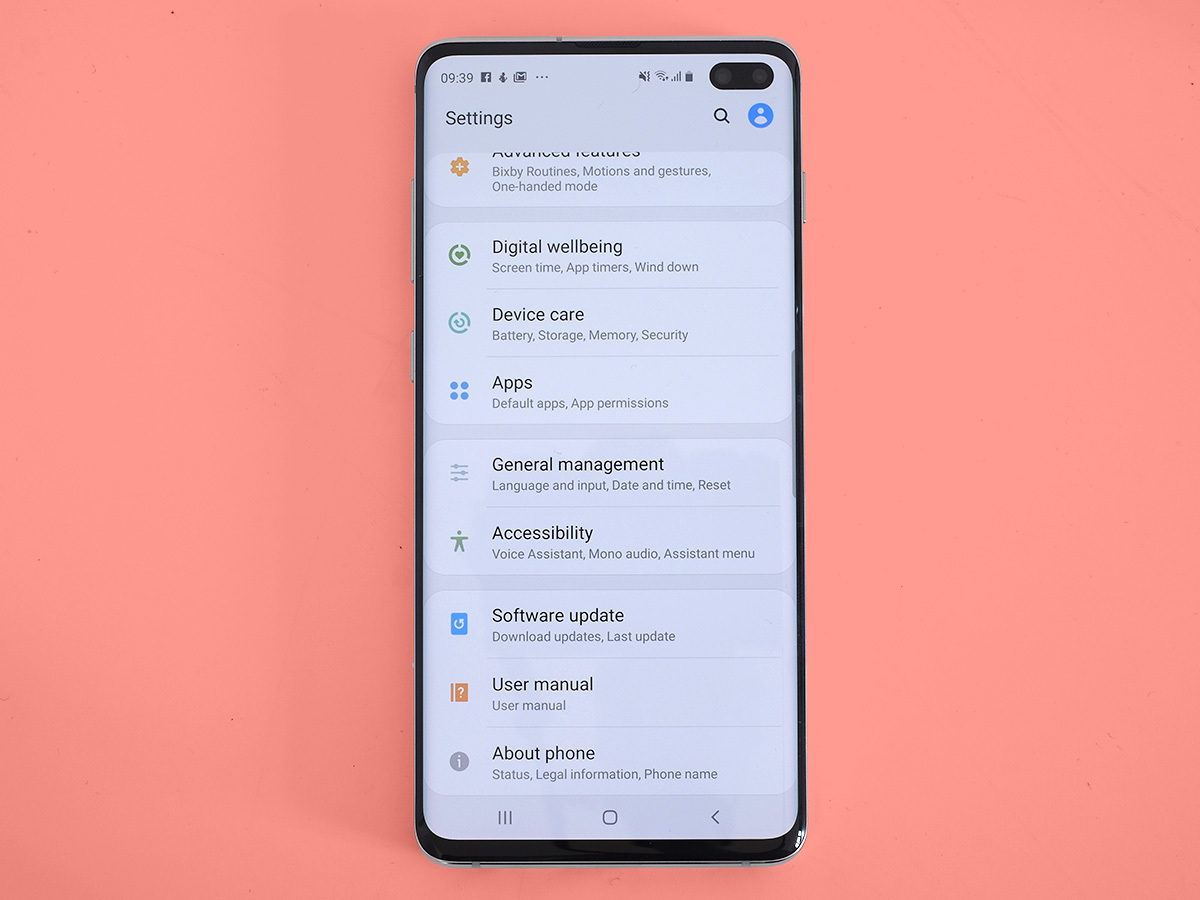
If you compare review scores here, the Galaxy S10+ earned four stars while the iPhone XS Max walked away with five. Easy win by Apple, right?
Well, not exactly. The Galaxy S10+ took a couple of dings for being very similar to – but not necessarily better than – our current favourite smartphone, the Huawei Mate 20 Pro. But when you put it up against the iPhone XS Max, they’re actually very similarly strong handsets. They have stylish builds, fantastic displays, strong camera setups, and plenty of power onboard.
Samsung does it for £200 less, however, at £899 vs a whopping £1099 for the iPhone XS Max. And if you’re not a die-hard Apple fanatic, then that kind of price gap is going to be very difficult to ignore. If the prospect of owning an iPhone isn’t enough to make up that £200 difference in your mind, then we imagine that you’ll be pretty happy with the Galaxy S10+. It’s an excellent top-end smartphone.
Winner: Samsung Galaxy S10+
Also Read › The 10 best smartphones in the world right now

